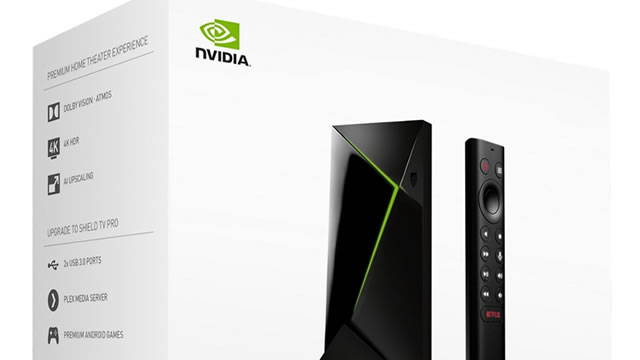Jack in the Box: Thriving Amid Inflation through Operational Efficiency and Financial Strength
Jack in the Box Inc. (JACK), a leading quick-service restaurant company, has managed to maintain profitability even in the face of inflationary pressures and interest rate fluctuations. The company’s strategic focus on franchised restaurants is a significant contributing factor to its resilience.
Franchised Restaurants: A Key Source of Operational Efficiency and Stability
JACK’s franchised business model reduces capital requirements as franchisees invest in and operate their own restaurants. This not only spreads the investment risk but also allows the company to focus on growing its brand and improving operational efficiency. Additionally, franchised restaurants provide a steady stream of revenue through royalty fees and sales volume.
Strong Balance Sheet: A Buffer Against Inflation and Interest Rate Fluctuations
Despite having high borrowings, JACK’s strong balance sheet, with over $300 million in cash reserves, provides a buffer against inflation and interest rate fluctuations. The company’s fixed interest rates on its debt also contribute to its financial stability.
Discounted Cash Flow (DCF) Analysis: Upside Potential Indicates Undervaluation
A Discounted Cash Flow (DCF) analysis of JACK reveals a potential upside of 20%. This indicates that the stock may be undervalued, presenting an attractive opportunity for investors.
What Does This Mean for Individual Investors?
For individual investors, Jack in the Box’s resilience against inflation and interest rate fluctuations could translate into potential long-term gains. The company’s strategic focus on franchised restaurants, strong balance sheet, and undervalued stock price make it an attractive investment prospect.
Impact on the World: A Model for Resilience in the Face of Economic Challenges
Beyond its impact on individual investors, Jack in the Box’s success in navigating inflationary pressures and interest rate fluctuations serves as a model for other businesses. Its focus on operational efficiency, financial strength, and strategic partnerships through franchising demonstrates how companies can adapt to economic challenges and thrive.
- Franchising: A strategic business model that reduces capital requirements, spreads risk, and provides a steady stream of revenue.
- Strong balance sheet: A critical buffer against inflation and interest rate fluctuations.
- Undervalued stock: Opportunities for long-term gains for investors.
- A model for resilience: Companies can learn from Jack in the Box’s approach to navigating economic challenges.
Conclusion: Jack in the Box: A Beacon of Resilience in an Uncertain Economic Landscape
Despite the challenging economic landscape, Jack in the Box has proven its resilience through operational efficiency, a strong balance sheet, and strategic partnerships. Its undervalued stock presents an attractive opportunity for investors, while its model of success serves as a beacon for other businesses navigating economic uncertainty. As we move forward, Jack in the Box’s story is one of adaptation, growth, and thriving in the face of adversity.





